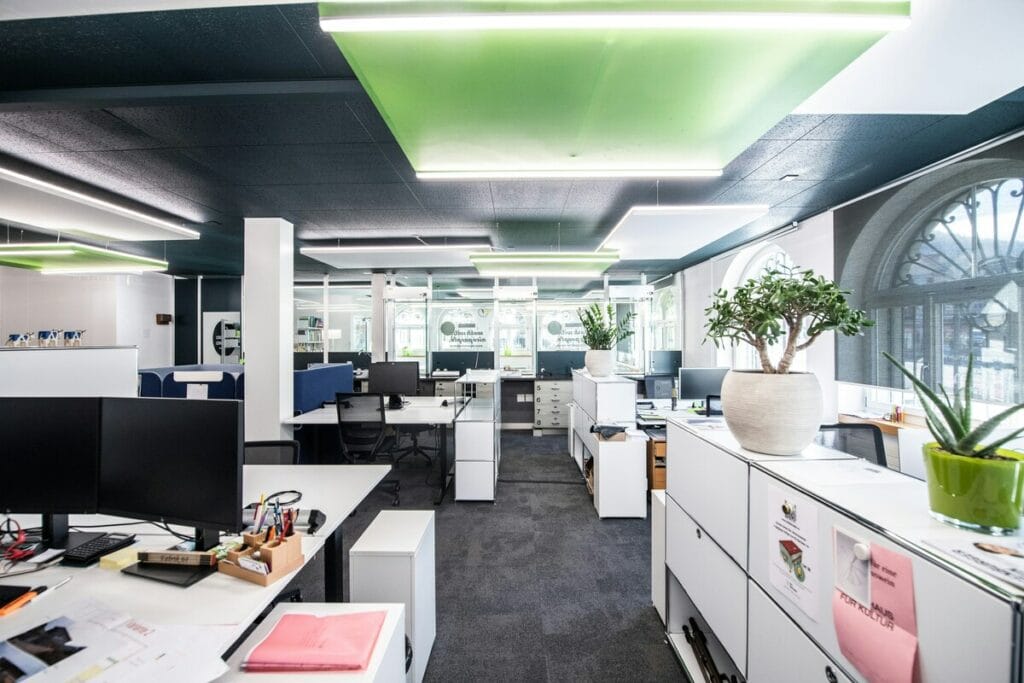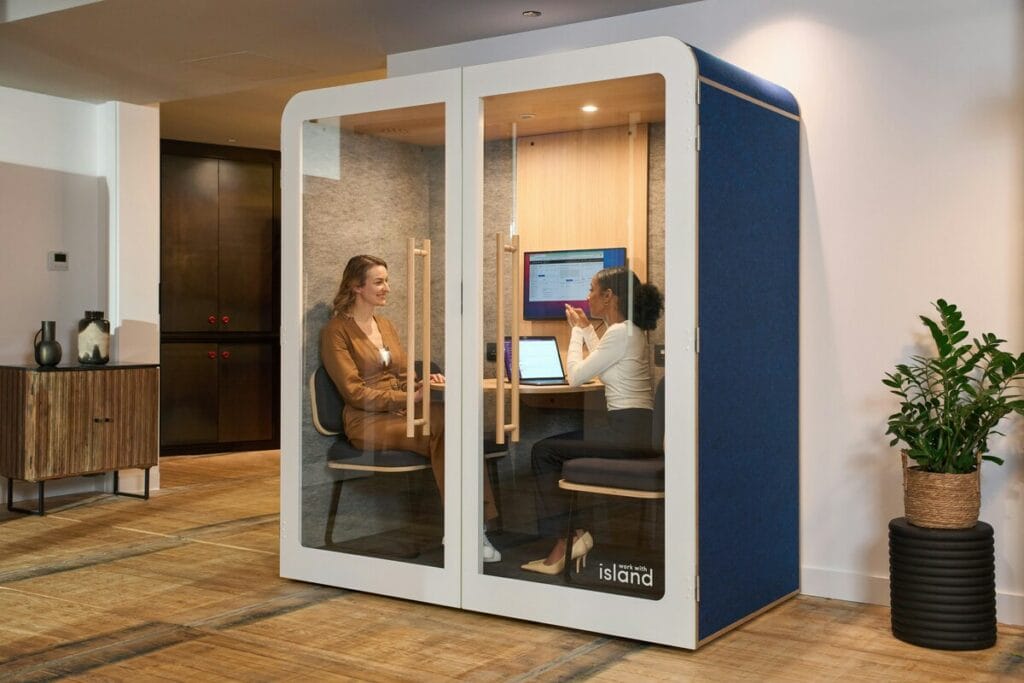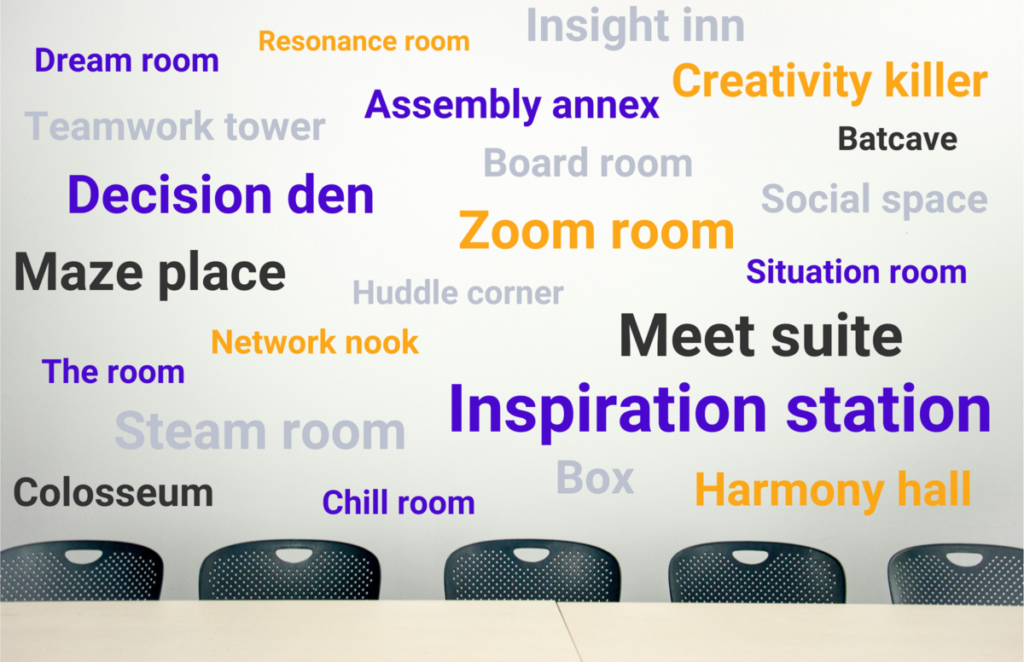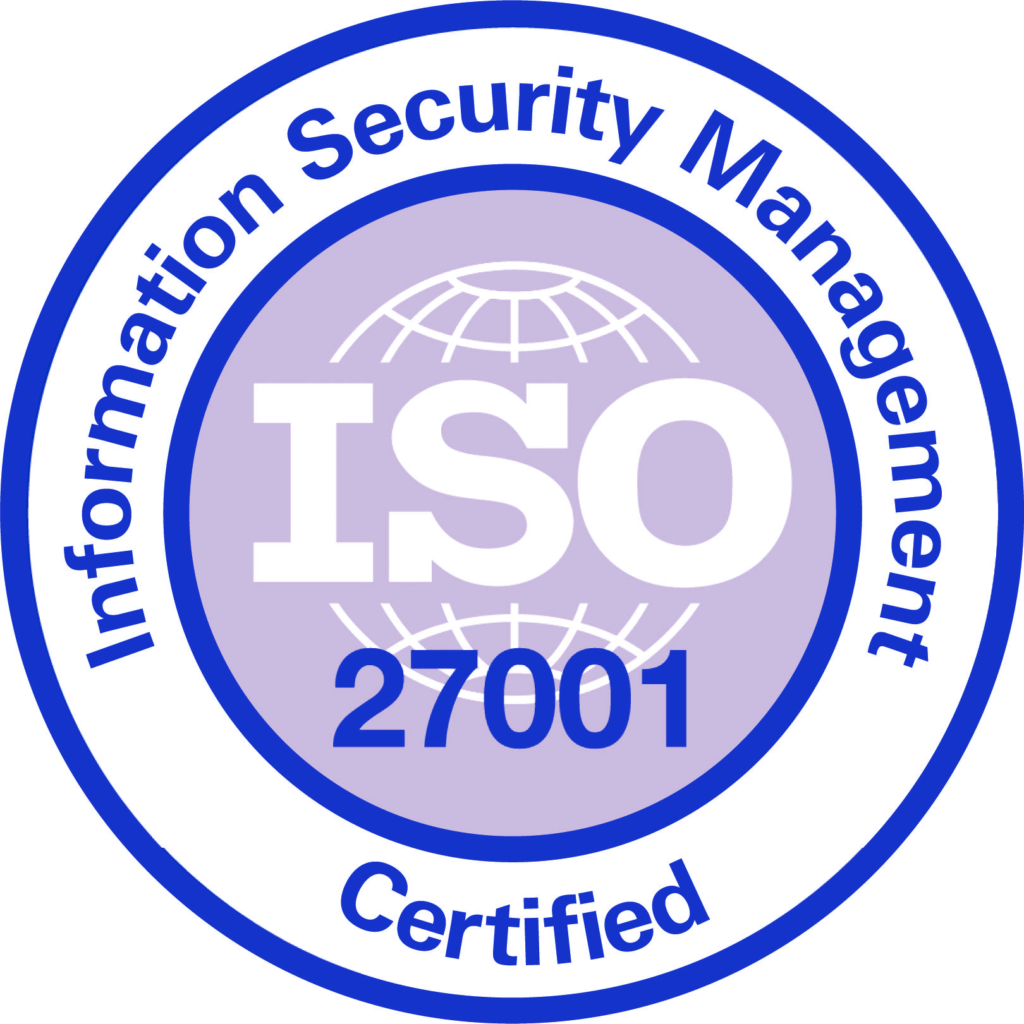Overcrowded Workplace: Hidden Costs and Easy Fixes

In today’s world of hybrid work, many organisations are grappling with a problem they did not foresee – an overcrowded workplace.
Employees are on site on the same days, office layouts remain unchanged, and in many cases, there is no established process for coming to the office.
Why Companies Choose Permanent Hotelling?

Permanent hotelling is becoming a popular way to manage office space more efficiently as hybrid work becomes the norm. With more organisations rethinking how they use their desks, this approach offers a balance between flexibility and structure that supports today’s changing work patterns.
Beyond Fruit Bowls: Health and Wellness Ideas in the Workplace

Health and wellness ideas in the workplace have evolved far beyond gym discounts and a token bowl of apples in the breakroom. Today, it’s about creating a culture where people feel good about coming to work—physically, mentally, and emotionally. Companies are realising that real well-being isn’t just about setting goals or offering free yoga sessions. It’s about creating an environment that supports focus, connection, and balance. The result? Better productivity, less burnout, stronger teams, and higher retention. It’s not just a nice-to-have anymore—it’s a smart business move. So, how do we make wellness feel real, not routine? Let’s dig in.
What Is Workplace Mapping? A Practical Guide for Offices

With today’s flexible work environments, workplace mapping is becoming essential. Firstly, as offices undergo transformation, organisations require intelligent ways of planning and managing their spaces. This is where office mapping fits in. In this guide, we will explain what it is, how it works, and its impact on office performance.
Workplace Capacity Planning: Key Steps to Know

Workplace capacity is a hot topic in office planning today. With hybrid work becoming the norm, many offices do not see full capacity on a daily basis. However, offices still need to support flexible schedules, team collaboration, and efficient use of space. Knowing your office capacity and being accountable for it will help you reduce congestion, decrease wasted space, and create a more efficient work environment.
How to Optimise Office Space: A Step-by-Step Guide

It is no secret that office space is one of the largest expenses for businesses. It also plays a significant role in both employee satisfaction and productivity. Because of its significance, optimising office usage is more important now than ever. This guide will provide insights to ensure you can optimise your office space. You will learn with practical steps, reinforced by workplace data, to decrease costs and improve your work environment.
What Is a Huddle Room? Meaning, Features, and Benefits

Huddle rooms are becoming essential for today’s workplaces. With teams embracing hybrid work and flexible collaboration, small tech-enabled rooms are a viable alternative to large, overly underused meeting rooms. Huddle spaces can facilitate collaborative team efforts, including quick check-ins, brief brainstorming sessions, or video calls. They strike a productive balance of privacy, focus, and convenience. So, let’s discuss what these types of rooms are, why they seem to be a growing trend, and how to establish them for the greatest effect.
22 Benefits of Working in the Office: Why It Matters

Working in the office has taken on new meaning since 2020, when the temporary move to working from home during the global pandemic led to a complete reevaluation of how and where we should work. As we move into 2025, many employers are pushing employees to come back to the office, and the debate about the merits of working in-person versus in a hybrid or remote arrangement continues.
Workplace Management System Explained

Companies are adopting workplace management systems to help streamline office operations and provide flexibility. Whether booking desks, managing meeting rooms, or tracking space usage, a WMS simplifies tasks and improves the overall office experience for employees and managers. Let’s explore why businesses adopt this system and how it can benefit your organisation.
75 Creative Meeting Room Names: Ideas and Mistakes to Avoid

Creating meeting room names might seem trivial, but it offers a unique opportunity to reflect a company’s culture, values, and creativity. Well-chosen names can inspire employees, make meetings more memorable, and even provide a bit of fun in the workplace. Here, we explore the significance of meeting room names and present many exciting and unique ideas, each explaining why they might be a perfect fit for your organisation.


